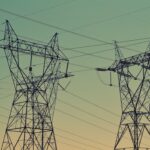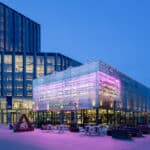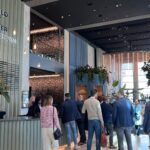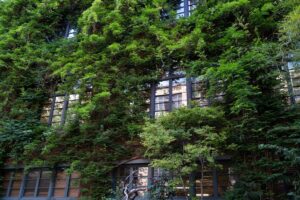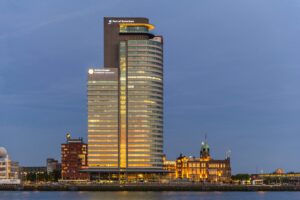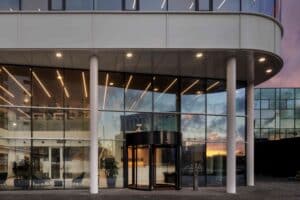
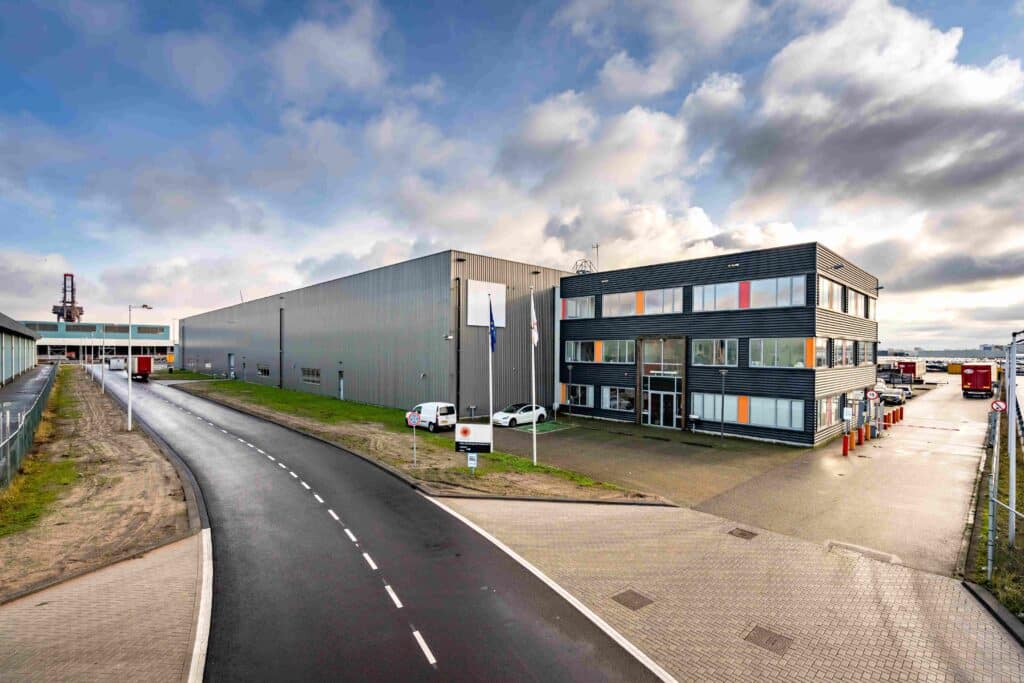
Making ten logistics buildings more sustainable: ‘We will accept that challenge!’
A sustainability pilot of ten logistics buildings for Dream shows the ambitions of the subsidiary of Toronto-based Dream Industrial REIT. Lian van Uem and Dream’s Nienke Jacobs-Rovers tell us how CFP Green Buildings offered its support to achieve ambitions, including gaining insight, reducing carbon emissions and lowering energy consumption.
Dream Industrial REIT has logistics buildings in their portfolio in Canada, the United States and Europe. For the Netherlands, CFP Green Buildings was challenged to make the Dutch real estate portfolio more sustainable. Lian: “This is why we started a pilot with ten buildings, for which we carried out BREEAM-NL certifications. The ten different buildings serve as logistics halls, with an office section, large production halls and an industrial part. A great challenge, because CFP’s support does not stop at obtaining a BREEAM plaque, but also involves implementing the actual sustainability measures. That meant we not only prepared the recommendations for the sustainability measures to be implemented, but also approached suppliers and requested quotations.”
Making the ten buildings more sustainable is in line with Dream’s ambitions. Nienke knows more about that: “We have a strategy to get to Net Zero, no more emissions of harmful greenhouse gases. If we want to achieve the targets, we need to act now and focus on saving energy and reducing carbon emissions with our buildings. The pilot involves some relatively new buildings, as well as some that have been there for a while. We wanted to work with BREEAM to demonstrate the sustainability of the buildings, also to our tenants.”
Gaining insight
The sustainability process started with gaining insight. “Obtaining the information that you need can be quite a challenge,” Lian points out. “Especially when not all information on, for example, energy flows and materials is available. We combined available information with data at our fingertips thanks to BREEAM quick scans on site. This gave us a good idea of the buildings and also what BREEAM scores they achieved. We also discovered which measures made the biggest impact and the investments involved.” That process went smoothly, partly because Dream and CFP Green Buildings had cooperated previously.
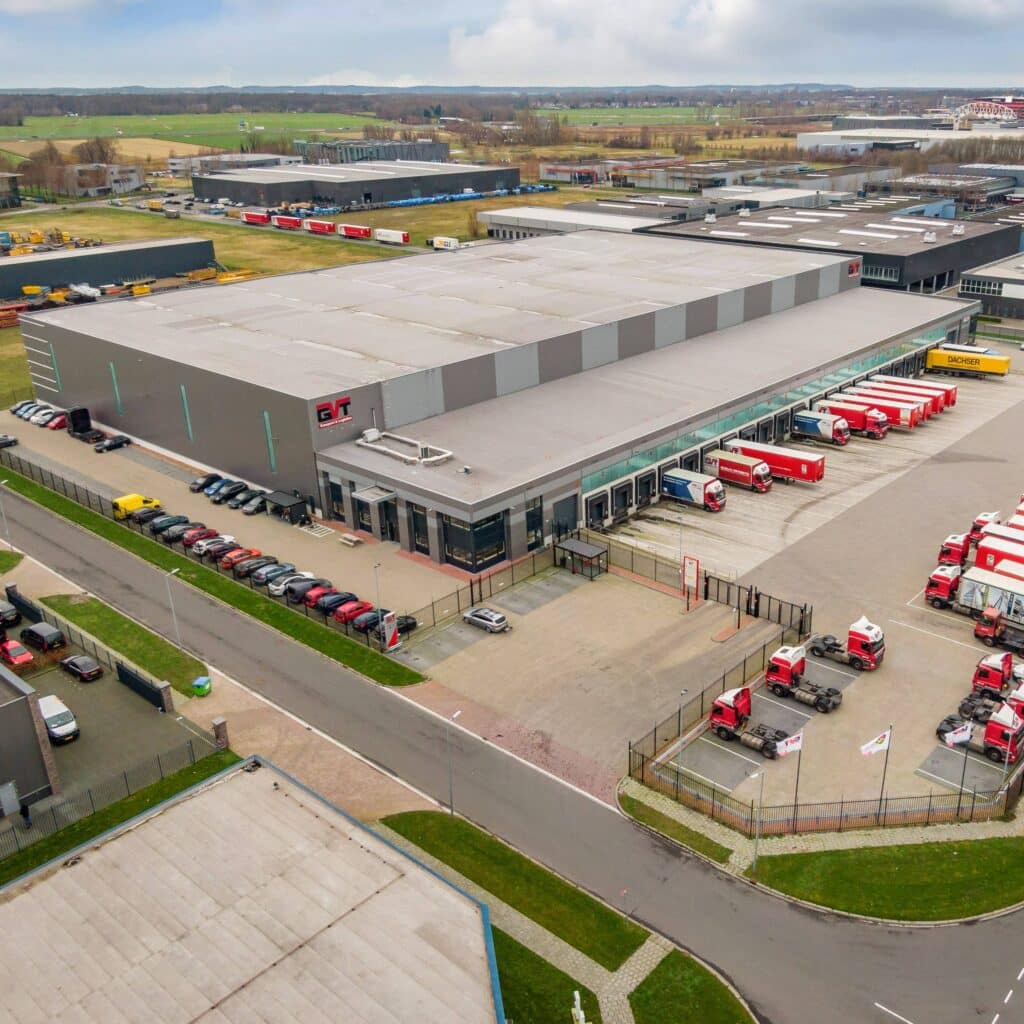
“That experience showed that CFP takes a proactive approach, is very knowledgeable about certifications and does a good job of mapping out the status of each building in terms of sustainability,” Nienke indicates. “This gives you a good idea of the potential for improvement. CFP then supervises that process from start to finish, collecting information from tenants and directing various parties such as suppliers.”
Intrinsic motivation
Back to the moment when it became clear how things stood with the buildings. The reports were discussed by CFP and Dream. Lian: “The ambition was to raise two of the ten buildings to ‘Very Good’ level and eight to ‘Good’. With the updated guideline BREEAM-NL In-Use Utility Building v6, we also know that the bar is being raised and relatively more sustainability measures are needed to achieve a level like ‘Good’, compared with the former situation.” Sustainability is becoming increasingly important for organisations like Dream Advisors. “These are organisations with a strong intrinsic motivation to become more sustainable. They also have to deal with legislation and reporting obligations, such as the Corporate Sustainability Reporting Directive (CSRD) from early 2024, which will require companies to report on impacts on people and climate. And with the EU Taxonomy classification system, which tests companies and organisations regarding investment.”
Broader view
To get the buildings to the desired level of future-proofing, various sustainability measures were implemented. These included lighting and heating, often two major opportunities for logistics buildings. Lian continues: “We applied solar shading, took light measurements and replaced lighting both inside and outside. We also installed carbon sensors and carried out lift measurements.” Much can be gained in terms of energy and indoor climate, but these are not the only sustainability pillars being addressed. Lian indicates that there is an even broader view: “For example, we also look at ecological facilities, transport and the materials we use. We also started working on water-saving measures, installed rain barrels and carried out condition measurements.”
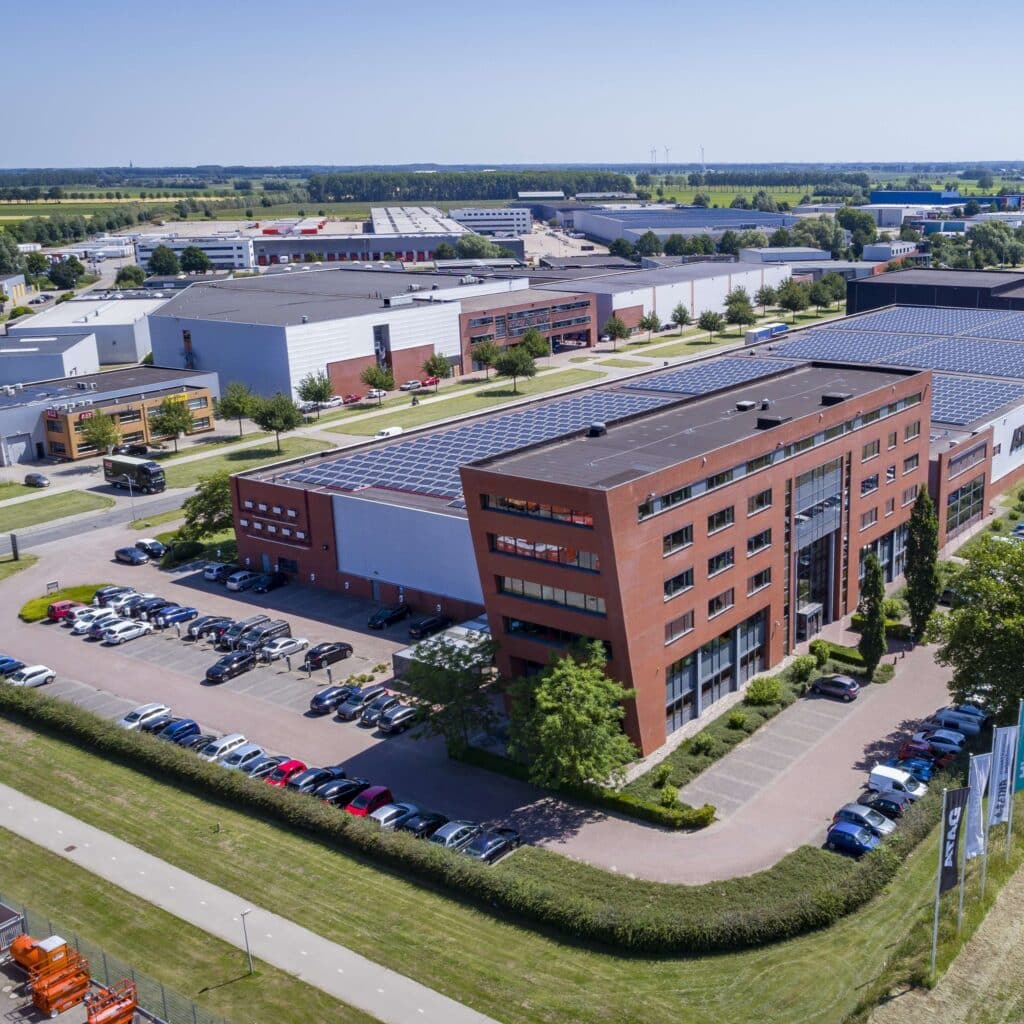
“In terms of vehicle fleet and logistics, we investigated opportunities for shared bicycles and installed carpool signs. BREEAM-NL provides guidance in this holistic view, so that you not only have an eye for energy. To achieve true future-proofing, you have to consider and take action on many sustainability factors.”
Gaining momentum
Rapid steps were taken: in August 2022, CFP Green Buildings and Dream Advisors entered into talks and in December 2022, the pilot was discussed. It was in early 2023 when the quick scans were carried out for the pilot of 10 buildings. “In May and June, we started certifying and implementing the measures,” Lian explains. “We are now implementing the final measures [November, ed.] and then we will achieve two BREEAM-NL ‘Very Good’ certificates and eight BREEAM-NL ‘Good’ certificates. We wanted to gain momentum for several reasons. First of all, of course, there is the desire to become more sustainable as soon as possible, saving energy and using sustainable materials.” Nienke continues: “We also benefit from green bonds, a financial instrument to finance projects with a positive environmental and sustainability impact. More than enough reason to get a move on.”
Act now
She concludes with advice for like-minded people: “Start by understanding the current status of your buildings. Gain knowledge about the possible improvements and consider creating evidence with labels and certifications. Look at low-hanging fruit first, for example in the context of converting logistics buildings to LED lighting and using roof area with renewable energy generation. The important thing is to take stock and act now, so that your building remains future-proof and you take steps to bring your sustainability strategy to fruition.”
